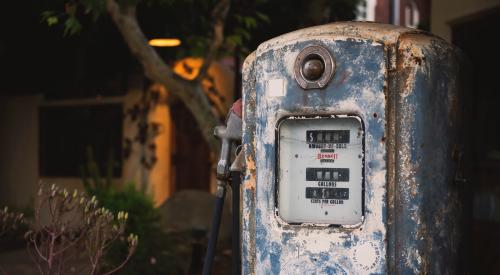America's "twin dysfunctions" in its demographics, overflowing urban hubs and rural communities struggling with brain drain, has experts searching for solutions. One may be greater investment in second-tier research universities.
In a Bloomberg opinion column, blogger and former assistant professor of finance at Stony Brook University Noah Smith says that college towns like College Station, Texas, and Ann Arbor, Mich., and Pikeville, Ky. have healthy knowledge industries thriving in the new economy. "Economists have found that cities where the U.S. government began setting aside land grants for public universities in the 19th century tend to be richer and more productive in the modern day," and economists David Neumark and Helen Simpson have found robust, positive impact in smaller cities from government efforts to create "university-centered clusters."
There’s a good chance that these forces can be harnessed to revive parts of the rural U.S. By increasing research funding for second-tier universities in depressed areas, and by making it easier for high-paying foreign students to attend rural schools, the government can create a scattering of small thriving places throughout declining regions. As their small towns wane, older rural Americans will be enticed to move -- not to a distant, forbidding metropolis, but to the modest suburbs of a nearby college town. There they can continue to enjoy access to their regional culture and maintain ties with friends and family, while enjoying better shopping opportunities and top-quality medical care at university hospitals. The destiny of the U.S. heartland may be to go from farming and manufacturing towns of 5,000 people to college towns of 50,000.













